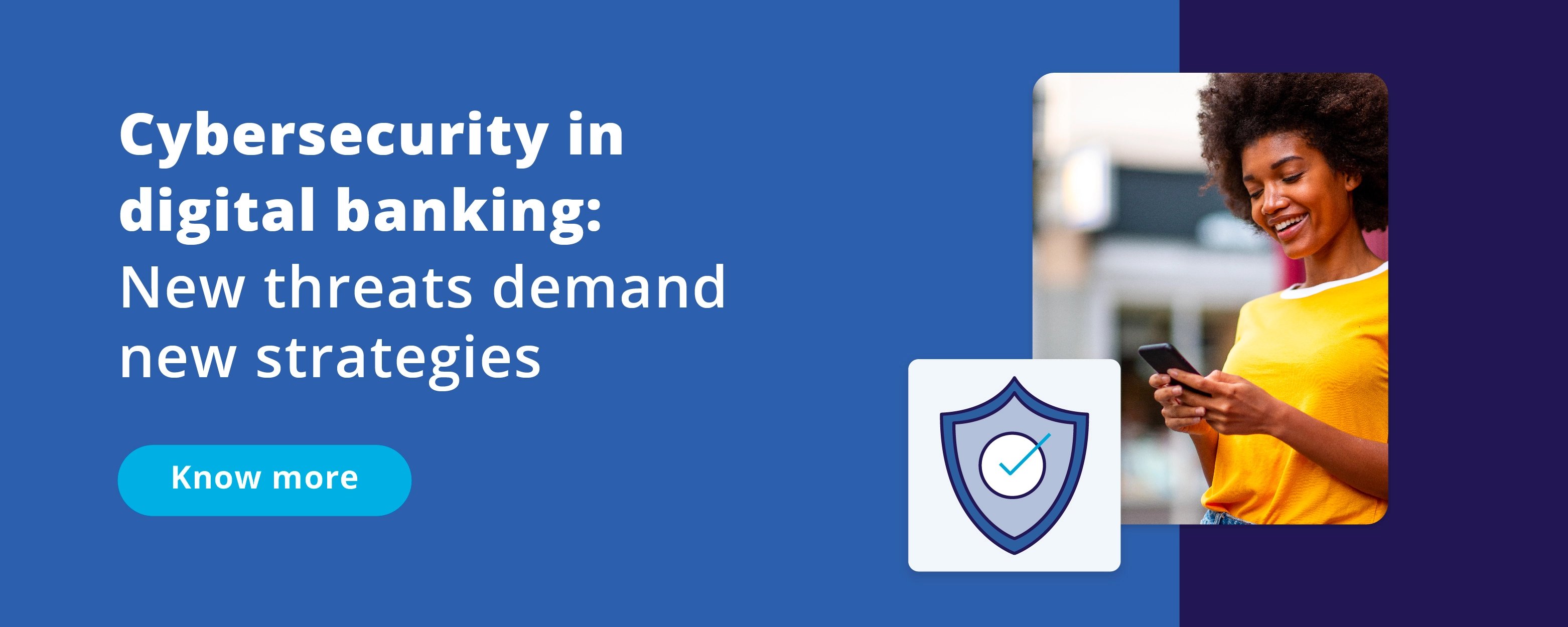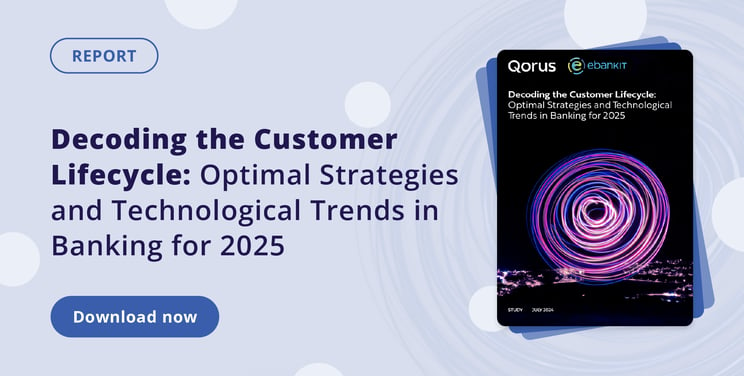Cyber threats on the rise in digital banking
The rapid acceleration of digitization due to the pandemic has significantly increased the amount of sensitive data that banks hold for their clients.
In today's cashless society, where online payments and transactions are becoming more prevalent, safeguarding client's assets is paramount in digital banking.
Financial institutions must continuously reinforce their defenses to combat the ever-changing cyber threats. Previously, cyber-attacks primarily targeted digital banking through traditional laptop and desktop setups, focusing on popular platforms like Chrome and Windows operating systems.
With the surge in popularity of mobile devices, the digital landscape has expanded exponentially. This growth has not only increased the playing field but has also attracted a greater number of cyber threats ready to take on the challenge.
Strategies for banks to protect customers' data
With the significant shift in data security trends over the past two years, mobile devices have become a prime target over traditional platforms like Chrome or Windows. The unique data security challenges posed by mobile banking differ greatly from those encountered in laptop or desktop-based digital banking setups.
Financial institutions must take a multifaceted approach to mitigate security breaches, combining technology, enhanced security protocols, and customer education. Here are some strategies that banks and banking providers can implement to combat cyber threats.
1. Multi-factor authentication (MFA)
Financial institutions should require MFA for high-risk transactions, such as large deposits or transfers, to ensure that only authorized individuals can complete these actions.
Typically, this process entails utilizing a combination of a username/password and a phone number or push notification. Upon initiation, the system dispatches an SMS or notification carrying a unique one-time password (OTP), which the customer then inputs into their banking interface.
2. Biometric login
Biometrics can serve as an additional layer in MFA, further securing user accounts by requiring both something the user knows (like a password) and something the user is (biometric data).
Fingerprints, facial recognition, and iris scans are unique to each individual, making it extremely difficult to replicate or forge. These unique credentials provide an added layer of security, reducing the likelihood of identity theft and unauthorized access.
3. Fraud monitoring
Fraud monitoring systems provide real-time alerts for suspicious activities, enabling organizations to act swiftly before fraudulent transactions are completed. These systems analyze transactions as they occur, using algorithms and machine learning to identify patterns that deviate from normal behavior.
Fraud monitoring tools can track user behavior over time, establishing a baseline of normal activity. Sudden changes, such as large transactions or logins from unusual locations, can trigger alerts.
4. Customer education and awareness
Educating clients on common scams and equipping them with the knowledge to recognize and avoid falling victim to such schemes is crucial. Providing guidance on the appropriate steps to take in case of suspected fraudulent activities not only helps prevent deposit scams and other fraudulent schemes but also empowers clients to safeguard their assets effectively.
Engage customers in regular phishing drills to enhance their ability to discern deceptive emails or messages and launch campaigns emphasizing the significance of protecting personal information.
5. Enhanced KYC protocols
Stealing money through new account fraud is often easier as it involves creating a completely new account that the consumer may not be aware of. In contrast, with an existing account, both the card issuer and the consumer have a higher chance of spotting suspicious activity and can promptly lock the card in case of an account takeover by identity thieves.
By implementing rigorous digital identity verification for new account holders it ensures that only legitimate customers can open accounts or make significant transactions.
Identity fraud: are digital identities the solution?
Identity theft and fraud have become increasingly critical issues within the financial services and fintech sectors. In the USA alone, a staggering 552 000 cases of identity theft were reported in the first half of 2024, with numbers on track to surpass those of 2023. This is particularly true regarding the prevalence of credit card fraud, which emerged as the leading form of identity theft during this period.

New account fraud presents a higher risk of financial theft as it involves the creation of a completely unknown account to the consumer. In contrast, with an existing account, both the card issuer and the consumer have a better chance of detecting suspicious activities and taking immediate action to safeguard against identity theft by potential fraudsters.
The evolution of digital identities and biometric verification is revolutionizing the banking sector, streamlining customer onboarding processes to be quicker, more secure, and more inclusive.
Various European countries have already implemented a certified digital identity system. This digital identity allows citizens to authenticate themselves when accessing various online services, including banking.
Biometric authentication, particularly through fingerprints, is also increasingly utilized to verify customers during the onboarding process. This innovative approach enables banks to scan and match fingerprints against government databases, ensuring a secure and reliable identity verification process.
These systems are integrated at the national level within their respective countries, with public authorities certifying the identities. Adoption is tied closely to local regulations, ensuring that the digital identity is recognized and trusted by public authorities.
The use of this technology in banking helps expedite the onboarding process and makes it safer, thereby preventing fraud and improving its overall security.
This approach could revolutionize how individuals interact with various services, from government agencies to streaming platforms and e-commerce sites.
This trend towards electronic IDs is expected to pave the way for true digital wallets and portable identities. Such developments could have far-reaching implications for businesses seeking to connect with consumers and for individuals looking to exert greater control over their digital personas.
However, implementing such systems on a global scale presents significant challenges. Achieving this consistency across diverse cultural, technological, and regulatory landscapes is no small feat but not impossible.






%20without%20SAM%20-%20Maturity%20Level%20-%202-KO%20edit.webp?width=160&height=57&name=67768-ebankIT%20Platform%20-%20CMMI%20Development%20V2.0%20(CMMI-DEV)%20without%20SAM%20-%20Maturity%20Level%20-%202-KO%20edit.webp)
